Analysis: Is Russia repeating mistakes of past wars in Ukraine?
Vladimir Putin may have anticipated a repeat of Russia’s seizure of Crimea, but what we have seen is more similar to Chechnya.
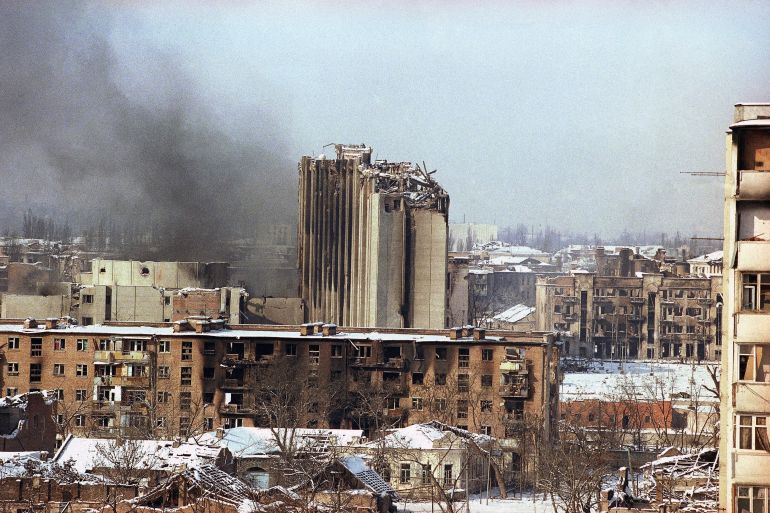
At first glance, Russia’s initial invasion of Ukraine seemed to suggest a change in the approach of the Russian armed forces.
Moscow was perhaps calculating that missile strikes and a multipronged invasion of ground forces would lead to a swift surrender by the Ukrainian government. Putin appears to have anticipated a repeat of Russia’s decisive seizure of Crimea in 2014 or its invasion of Georgia in 2008 – but what we have seen is more similar to its intervention in Chechnya in December 1994 when the Russian armed forces were initially unable to convert their military superiority (certainly in terms of numbers) into military and strategic success, and thousands of Russian troops proved unable to secure the North Caucasian republic.
Keep reading
list of 4 itemsMore than 50,000 Russians killed in Ukrainian ‘meat grinder’: Report
Ukraine says 17 killed in Russian missile attack on Chernihiv
Russia-Ukraine war: List of key events, day 783
The strength of the Ukrainian resistance appears to have surprised Moscow and in recent days there has been a change in the Russian approach, shifting towards greater use of artillery and missile strikes against major cities, such as Kherson, Kharkiv and Mariupol.
There are echoes of the Russian intervention into Chechnya in late December 1994 here, when the Russian leadership planned a massive armoured offensive against the Chechen capital, Grozny, intending to stage a decisive strike with air support, relying on speed to take the Chechen leadership by surprise and ensure Russia held the initiative. But the Chechen forces had been long prepared for a strike against the city and the attack was a dismal failure.
From Afghanistan to Chechnya and Ukraine: Underestimating the will of the people
The Russians underestimated the will of the Chechens to defend their homeland; similarly, Putin appears to have underestimated the will of Ukrainians to defend their country.
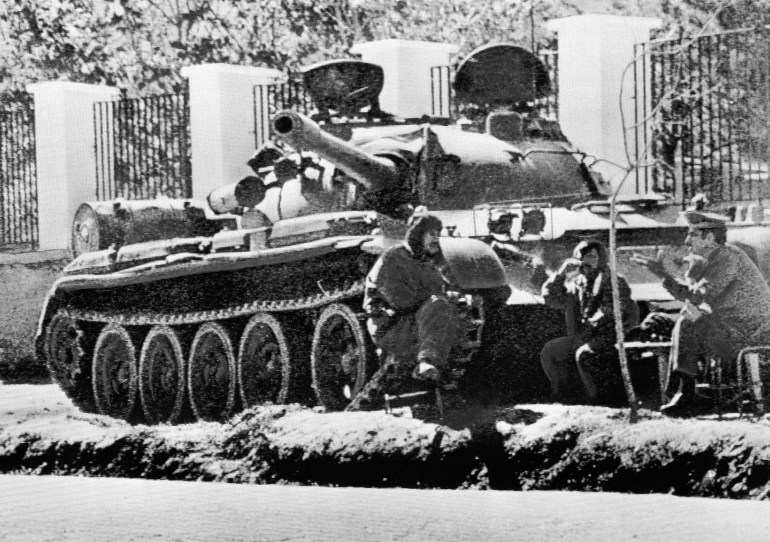
The experience in Chechnya also demonstrated an apparent disregard among those in command for lessons learned in Afghanistan. The Soviets counted on the surprise shock of the initial invasion and short-term military occupation to undermine their adversary but had underestimated the resolve of the Afghan population and its will to resist.
Russian Defence Minister Pavel Grachev had claimed that Chechen resistance would be crushed in a couple of hours with minimal forces, but Chechen forces were prepared for an invasion.
The progress of the Russian intervention force was also slow, hampered by civilian blockages, breakdowns and poor weather.
Urban warfare
One of the key issues for the Russian forces was the lack of training in urban warfare: the units involved in the 1994 New Year’s Eve storming of Grozny had no specialist training in urban warfare, which was rare in the Russian armed forces, in spite of their extensive experience of it during the Great Patriotic War (World War II), particularly in Stalingrad.
In contrast to the Russian troops, the Chechen fighters were lightly armed with machineguns, grenades and grenade launchers and organised into small, highly mobile units.
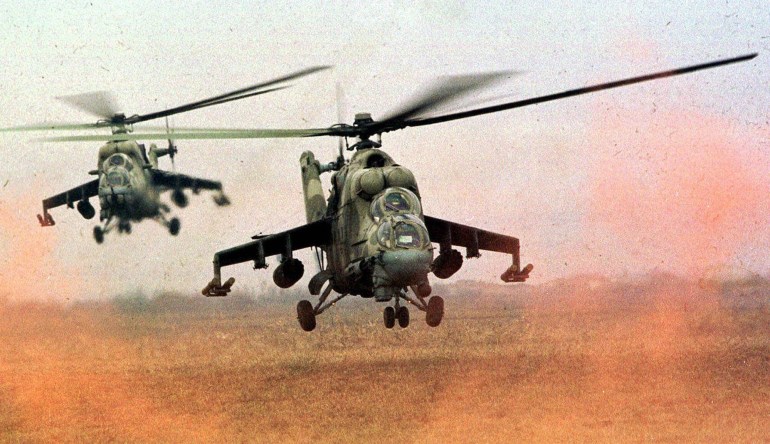
After its early failures, Russian forces changed their approach and sought to avoid direct fighting in Grozny. They fought from a distance, using massive aerial and artillery bombardments to destroy the city, finally gaining control in February 1995.
Russia’s second operation against Chechnya that began in 1999 relied heavily on the use of massive firepower and the indiscriminate use of force. The Russian siege of Grozny (1999-2000) devastated the city, prompting the United Nations to label it “the most destroyed city on Earth”.
The role of the media
One of the most important lessons that Russia learned during the 1994-96 conflict was the crucial role of the media in modern warfare.
At the beginning of the 1994 military operation, the Russian media retained a substantial amount of independence and were often openly critical of the federal leadership’s actions.
This was Russia’s first televised war and the credibility of the Russian armed forces was consistently undermined by media reporting, which frequently contradicted the official position and also demonstrated the brutality of the conflict to the Russian population. This played a major role in shifting public opinion against the invasion.
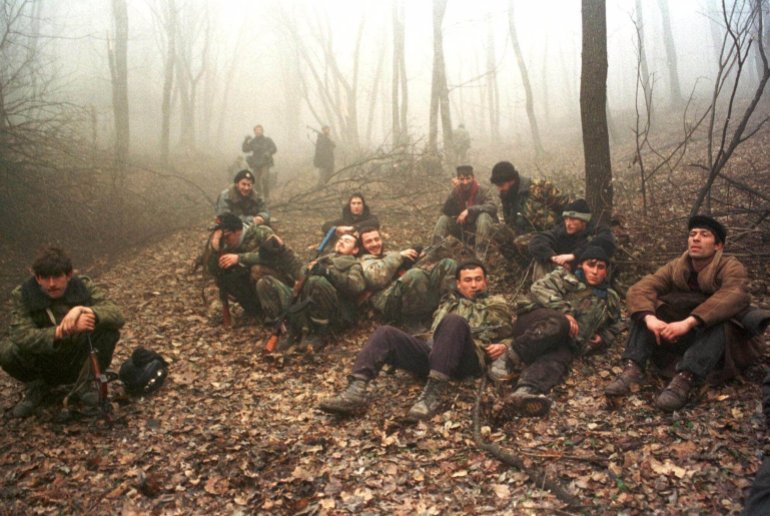
Consequently, during the second conflict (launched in 1999), the flow of information was rigorously controlled by official sources, while the government exerted considerable pressure on journalists and media organisations not to criticise or challenge the policy.
Russia’s war with Georgia: ‘To astonish is to vanquish’
Unlike the counterinsurgency in Chechnya, Russia’s five-day war with Georgia in August 2008 was a conventional military operation against another state actor, albeit one that incorporated elements of non-kinetic action, notably cyberattacks and information warfare.
Similar to its approach in Ukraine, Russia maintained that its invasion was intended to stop the alleged genocide of the Ossetian people by Georgian forces, and to protect Russian citizens resident in South Ossetia. Putin has framed the ongoing invasion of Ukraine as a “special military operation” to protect civilians from “genocide”.
Russia used the element of surprise to full effect: the Georgians were unprepared for a large-scale Russian military intervention. The Georgian armed forces were prepared for a mobile, offensive war against separatist forces in either South Ossetia or Abkhazia, not for simultaneous large-scale combat against tens of thousands of Russian troops on two fronts at the same time.
The Georgian government and military were stunned by the speed of the Russian invasion, unable to offer any meaningful resistance. Russian actions appear to reflect General Alexander Suvorov’s principle of “udivit – znachit pobedit” (to astonish is to vanquish).
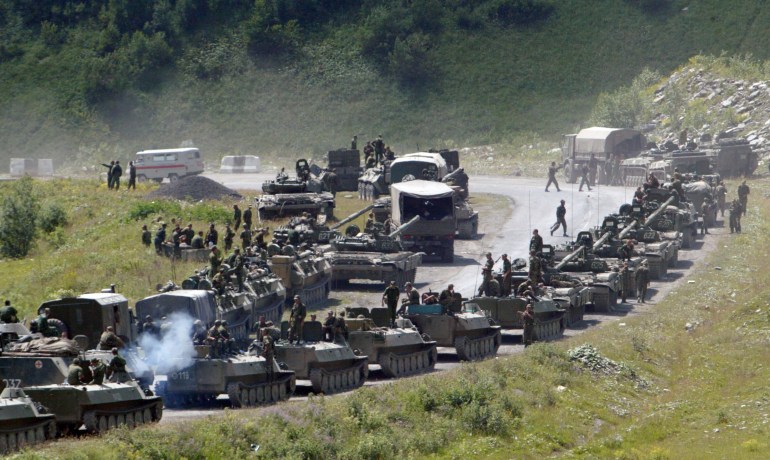
Within a few days, thousands of Russian troops had advanced into Georgia’s breakaway territories of South Ossetia and Abkhazia. Russia’s military advantage was reinforced through the use of proxy forces, an enduring feature of all Russia’s post-Soviet interventions. Lacking precision-guided munitions, Russian forces hit civilian buildings in towns such as Gori, striking the hospital there.
Crimea, 2014: Surprise and confusion
Twenty years after its early failures in Chechnya, Russia’s ambiguous use of force in Ukraine in 2014 led to a focus in the West on hybrid and “grey-zone” warfare. However, this overlooked a continued Russian emphasis on the primacy of conventional forces.
Surprise and seizure of the initiative played a key role in Russia’s success in Crimea. The speed of the Russian deployment in the spring of 2014 took the Ukrainian government by surprise, undermining its ability to make decisions and offer any resistance.
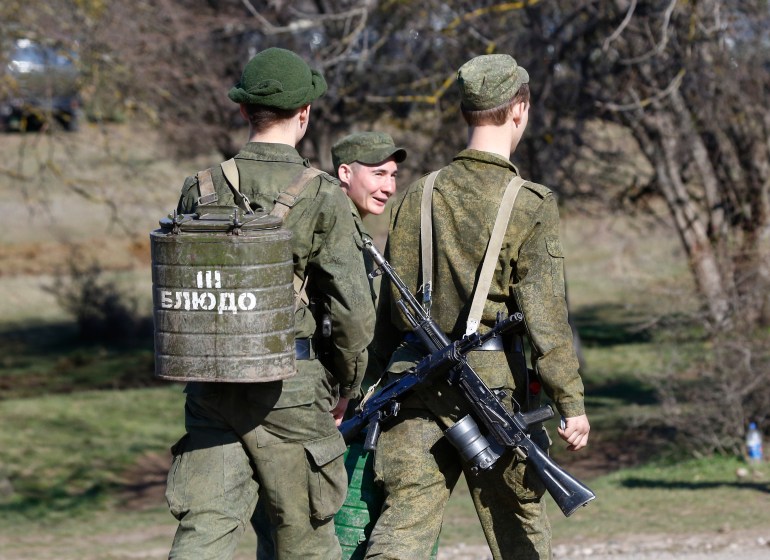
The rapidity of the intervention also took the international community by surprise, forestalling any unified response: while the world’s attention was focused on the Winter Olympic Games in Sochi, Moscow acted quickly to take decisive control of the Crimean Peninsula, with offensive action that denied Ukraine the initiative and sowed confusion.
Syria: Learning to fight in a new way?
Syria was considered to represent a change in the Russian approach: Sergei Shoigu, the Russian defence minister, claimed that Russian troops had to learn to fight in a new way in Syria and they “had learnt”.
In contrast to the previous campaigns, Russia’s operations in Syria were conducted primarily by the Aerospace Forces (VKS), with only limited numbers of ground forces deployed (predominantly elite units), a significant shift from previous operations.
But, despite this belief that Russian operations in Syria constituted a new approach, there were a number of echoes of Chechnya, particularly a reliance on intense bombing and indiscriminate air attacks against residential areas and civilian infrastructure such as schools, hospitals and markets.
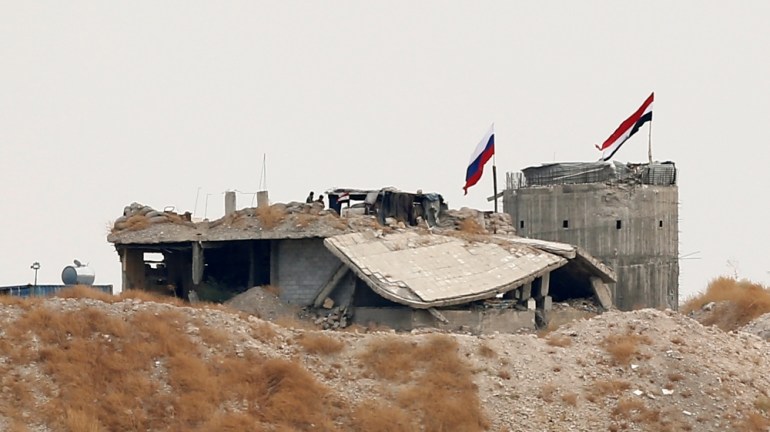
Indiscriminate attacks on urban areas
There was an expectation, prior to last week’s invasion, that the military modernisation process that began in 2008, combined with operational experience (particularly in Syria), would mean the Russian military was far more capable. However, the evidence suggests problems remain in areas such as logistics, troop morale and failure to gain air superiority.
Russia’s actions in Ukraine are not without precedent. Russian forces have switched to an approach that they have resorted to many times since 1991 against cities such as Grozny in Chechnya, Aleppo and Idlib in Syria: the use of heavy, indiscriminate artillery and aerial bombardments to destroy urban areas, imposing heavy costs on the Ukrainian population and their leaders.
The deliberate targeting of civilians and widespread destruction of cities is intended to weaken the morale of the population in an attempt to undermine their will to resist.
At the same time, the Kremlin is seeking to ensure that it is controlling information flows within Russia. It has been increasing its control over domestic media in order to ensure that the state narrative is dominant, attempting to prevent anti-war protests threatening internal stability.